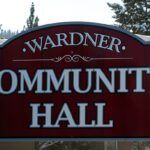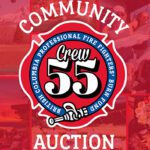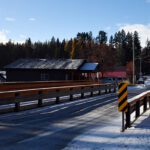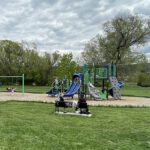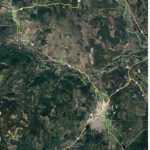Home »

City shares public concerns around wildfire risk
On the heels of the wildfire that forced the evacuation of Fort McMurray in May and the hot and dry conditions forecast for this region this summer, staff with the City of Cranbrook and Cranbrook Fire & Emergency Services continue to be asked by residents what the city is doing to prepare for a wildfire.
Over the past few years, the City of Cranbrook has been working on developing a practical solution that would eliminate the interface problem in a manner that would have a positive economic impact on the City. Mayor Lee Pratt notes that talks between the city and the province are ongoing to try to tackle this problem together.

“In the meantime, I cannot emphasize enough the seriousness of this issue and I ask that all people are especially careful in the woods,” he said. “We can and must take all precautions to prevent a human caused fire in these areas.”
Staff members are regularly using their Community Wildfire Protection Plan (implemented in April 2005), which was created based on provincial government recommendations coming from the Filmon Firestorm Report, written following the ‘summer of fire’ in 2003. The plan looks at potential wildfire threats located on city owned lands. It further identified hazardous stands in the Gold Creek watershed (city owned property), that do directly jeopardize interface assets in the south end of the Gold Creek subdivision.
To date, most parcels with hazards that jeopardize city assets or private assets have been treated thanks to grant funding through the Union of BC Municipalities (UBCM) and others. More recently, work has been ongoing in the city’s watershed.
A summer 2016 fuel hazard reduction project is currently in the planning stages for parcels located in the watershed, which will provide in-kind funding for future projects. The current priorities, as funding and cost recovery opportunities become available, are previously treated areas are in need of maintenance and considerable areas of the watershed that are still in need of a first-pass treatment.
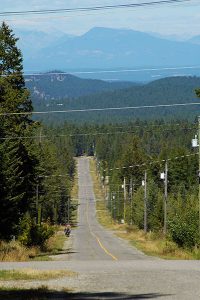 It also has been the city’s position not to undertake fuel treatment projects beyond city owned lands, as it may be deemed negligible if city assets are damaged or destroyed, as a result of undertaking projects on non-city lands prior to city risks being treated.
It also has been the city’s position not to undertake fuel treatment projects beyond city owned lands, as it may be deemed negligible if city assets are damaged or destroyed, as a result of undertaking projects on non-city lands prior to city risks being treated.
Cranbrook Fire & Emergency Services understands the concerns brought forward by residents respecting potential for fire in the Community Forest. It should be understood that the Community Forest is not within City of Cranbrook limits and is owned by the province.
It is Cranbrook Fire & Emergency Services’ view that if a threat exists within or from the Community Forest, it is the responsibility of the province to mitigate such a risk.
“It is my opinion, that although projects of the scale funded by these grants are effective in many situations, what limits their effectiveness is the scale of the treatment,” said Wayne Price, Director of Cranbrook Fire & Emergency Services.

“It is not the solution to eliminating the risk of wildfire to the City of Cranbrook,” Price added. “I believe that a long term, large scale solution must be considered before we truly ensure that Cranbrook will not be the next Fort McMurray, Slave Lake or City of Kelowna.”
“I want to assure residents of Cranbrook and surrounding area that we will continue to meeting with all stakeholders and work toward a long term sustainable solution satisfactory to all parties,” Mayor Pratt noted. “Council and staff of the City of Cranbrook are committed to ensuring the safety of our community and surrounding area.”
City of Cranbrook
